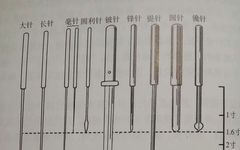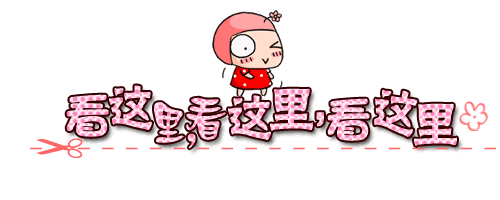
Acupuncture is widely known, but many people only understand the surface and rarely delve into its mysteries. The ancient practice of acupuncture has undergone many improvements to become the prevalent form of modern acupuncture.
Acupuncture, as the name suggests, involves needling (针刺, zhēn cì) and moxibustion (灸, jiǔ). The combination of needling and moxibustion is what we call acupuncture. The Ling Shu (灵枢) details the nine needles, also known as the Yellow Emperor’s Nine Needles (黄帝九针, Huáng Dì Jiǔ Zhēn).
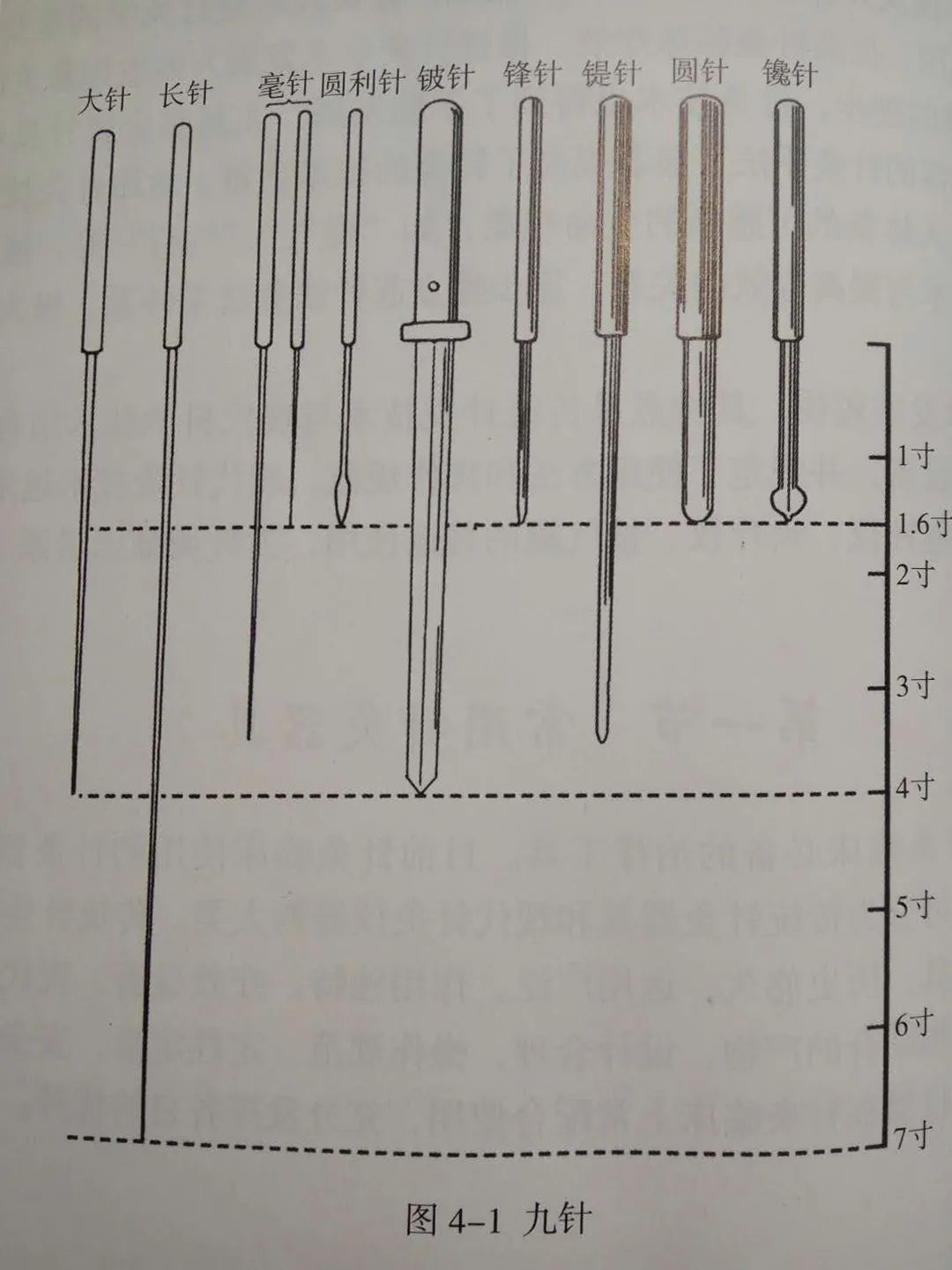
Filiform needles (毫针, háo zhēn) are the most commonly used tools in clinical practice. In the past, due to metallurgical limitations, gold and silver needles were used. Gold and silver are soft and easily bent, requiring them to be made thicker, like toothpicks. This posed risks for many acupuncture points. Now, advancements in needle-making technology have produced needles as fine as a mosquito’s proboscis, with both hardness and flexibility, reducing the risk of bending. The material is stainless steel, which does not rust, allowing for finer needles to access points that ancient practitioners could not.

Needles are categorized by length and diameter. Common diameters range from 0.25 to 0.40 centimeters, with lengths from one inch to three inches, or 0.25 to 0.75 centimeters. The thickness relates to the amount of stimulation and directly affects treatment outcomes. Generally, thicker needles have better efficacy but cause more pain for the patient. Thinner needles cause less pain but may not be as effective as thicker ones.
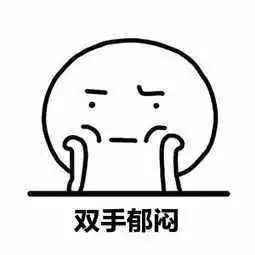
The length of the needle is related to the area being needled. Short needles are primarily used for superficial areas, such as acupuncture points on the hands and feet. Long needles are used for thicker muscle areas, such as Huan Tiao (环跳, huán tiào), Cheng Shan (承山, chéng shān), and Qu Chi (曲池, qū chí). Long needles are sometimes used for penetrating techniques, such as He Gu (合谷, hé gǔ) penetrating Lao Gong (劳宫, láo gōng) or Di Cang (地仓, dì cāng) penetrating Che Che (颊车, jiá chē). Nowadays, filiform needles are generally single-use. After use, they are discarded, which also helps prevent cross-infection. Filiform needles are undoubtedly the main focus of acupuncture, and generations of acupuncturists have studied and utilized them extensively.
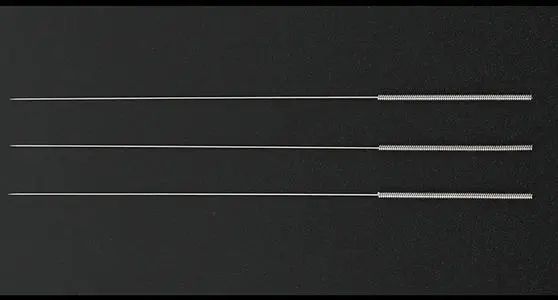
In addition to filiform needles, there are other commonly used needle types, such as the three-edged needle (三棱针, sān léng zhēn). This needle, derived from the Yellow Emperor’s “sharp needle,” has three edges at the tip and is suitable for bloodletting and lancing. Many practitioners prefer to use syringe needles for bloodletting and lancing for similar purposes.
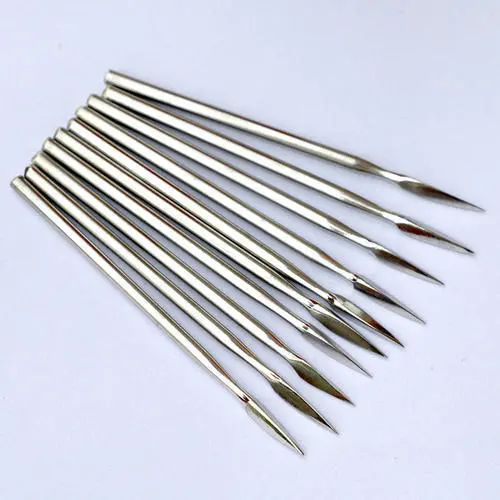
There is also the fire needle (火针, huǒ zhēn), which evolved from the “large needle” and is also known as the burning needle (燔针, fán zhēn). It is commonly used to treat rheumatic pain. When used, the needle tip is heated until red and then quickly inserted into the acupuncture point. At this moment, a “hiss” sound is heard, and the aroma of roasted meat is very noticeable.

Another type is the skin needle, known as the plum blossom needle (梅花针, méi huā zhēn), which is commonly used to treat skin diseases. Some practitioners have developed a treatment method using only skin needles based on TCM theory, which is considered miraculous and further illustrates that healing lies in the practitioner, not the tools. The theory is correct, and treatment tools can be flexible. For example, if a fire needle is needed but unavailable, a thicker filiform needle can be used instead, or one can perform a burning technique at the relevant acupuncture points.
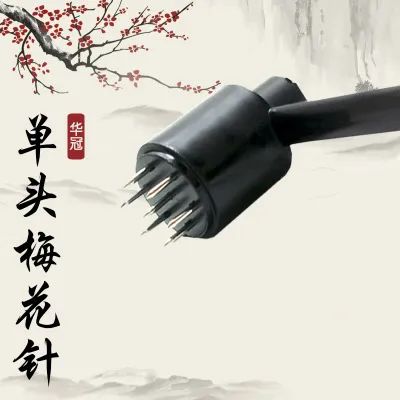
Other needles, such as needle knives, blade needles, long round needles, and floating needles, have emerged in recent decades and are mostly not based on TCM theory or the theory of meridians and acupuncture points; they are primarily based on modern medical theories.

Advantages of Acupuncture
Compared to other treatment methods, the advantages of acupuncture are firstly convenience. A few needles and some disinfectant cotton pads are sufficient. There is no need to prescribe herbs or prepare decoctions. Acupuncturists can perform treatments anywhere.
Secondly, it is safe. When performed by a qualified acupuncturist, needling is very safe. Accidents in acupuncture are invariably due to improper operation. Either the practitioner is careless or does not understand acupuncture. Moreover, the safety we refer to is predicated on the practitioner being skilled in needling. They must know the acupuncture points, the angle of insertion, the depth of needling, and which areas are contraindicated. Acupuncture points are generally not located in muscles, blood vessels, tendons, or bones, but rather between muscles, or between muscles and tendons, tendons and bones, muscles and blood vessels, and blood vessels and tendons.
Needling into muscles can easily cause spasms, needling into blood vessels can cause bleeding, needling into tendons can cause electric shock sensations or numbness, and needling into the eardrum can be very painful. However, in the limbs below the elbows and knees, the risks are relatively low.

Main Therapeutic Effects of TCM Acupuncture
1. Dizziness caused by Kidney Yin Deficiency and Liver Yang Rising
This is classified as a Yin Deficiency and Yang Excess pattern. According to the principle of “treating Yin for Yang and Yang for Yin,” the treatment should nourish Yin and subdue Yang, using the Taixi (太溪, tài xī) point of the Kidney Meridian (足少阴肾经, zú shǎo yīn shèn jīng) for tonification, and the Xingjian (行间, xíng jiān) point of the Liver Meridian (足厥阴肝经, zú jué yīn gān jīng) for reduction.
2. Chronic Diarrhea due to Spleen Yang Deficiency
This is classified as Yang Deficiency and Yin Excess. The treatment should warm Yang and dispel cold, using the Yin Ling Quan (阴陵泉, yīn líng quán) point of the Spleen Meridian (足太阴脾经, zú tài yīn pí jīng) for tonification, along with moxibustion. Since Yin and Yang can transform into each other and influence one another, treatment of Yin should consider Yang, and treatment of Yang should consider Yin. In harmonizing Yin and Yang, the method of “drawing Yang from Yin and drawing Yin from Yang” is often employed. Clinically, the most common practice is to use the Mu points (募穴, mù xué) and Back Shu points (背俞穴, bèi shū xué) to nourish the Yang and Yin energies of the organs.
3. Supporting the Right Qi and Expelling Evil
The development of disease is a process of the struggle between the Right Qi and Evil Qi. The balance of these forces determines the progression and outcome of the disease. If Evil prevails over Right, the condition worsens; if Right prevails over Evil, the condition improves. Therefore, supporting the Right Qi and expelling Evil Qi is essential for ensuring a favorable outcome in disease. Acupuncture works by enhancing the Right Qi and eliminating Evil Qi.
4. Unblocking Meridians
The meridian system is spread throughout the body, interconnecting and communicating, forming pathways for the flow of Qi and blood, and maintaining normal physiological functions. If, for various reasons, the meridians become blocked, the organs and limbs lose warmth and nourishment, leading to various diseases, whether stagnation or stasis, deficiency or excess, cold or heat, or disharmony of Qi and blood, or imbalance of Yin and Yang.
Acupuncture can utilize its ability to “unblock the meridians and harmonize Qi and blood” based on the physiological and pathological interconnections between the meridians and organs. By selecting certain acupuncture points along the meridian pathways, needling or moxibustion can be performed to ensure smooth meridian flow, regulated Qi and blood, and balanced Yin and Yang.
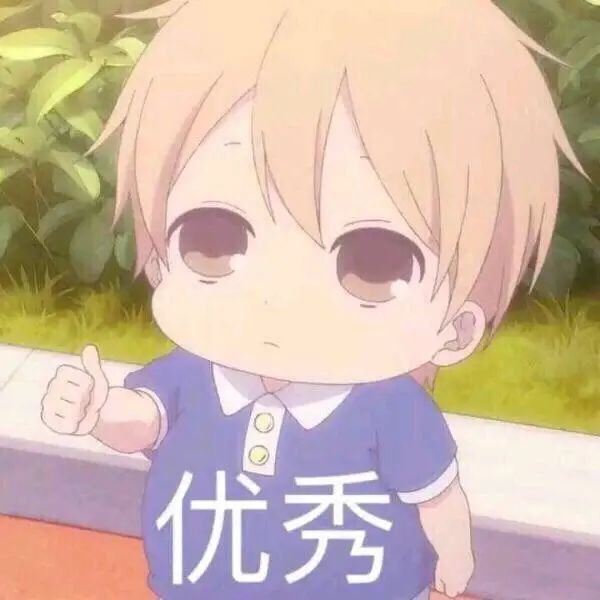
Precautions for Acupuncture
While acupuncture is beneficial, it is not suitable for everyone at all times. The following precautions should be kept in mind.
1. Those who are overly hungry or fatigued
Should rest and eat before undergoing acupuncture, as it may lead to fainting. Symptoms of fainting include sudden fatigue, dizziness, palpitations, shortness of breath, nausea, pale complexion, and cold sweat. If any of these occur, inform the practitioner for appropriate handling. Generally, patients recover after resting in a supine position.
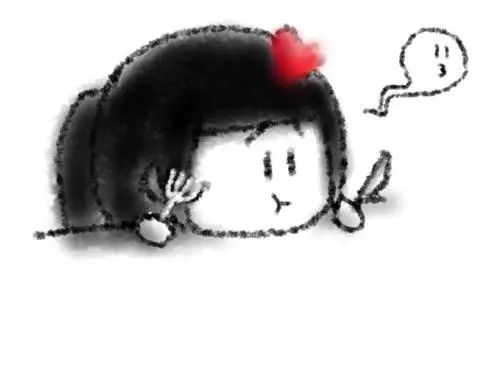
2. Pain from needling primarily occurs when the needle penetrates the skin
Acupuncturists can minimize most pain to a tolerable level. Patients receiving needling for the first time should not be nervous and should try to relax to facilitate the procedure. After the needle penetrates the skin, patients may feel sensations of soreness, numbness, distension, heaviness, or warmth, coolness, itching, twitching, or ant-like sensations. Some acupuncture points may elicit varying degrees of electric shock sensations or other needle sensations that are normal responses, referred to in TCM as “obtaining Qi” (得气, dé qì).
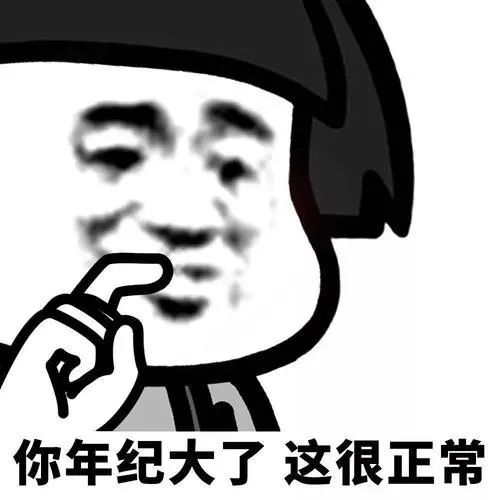
3. Patients should assume a comfortable and natural position during needling
Otherwise, they may become fatigued during the retention of needles; limbs should not move during needle retention to avoid breakage or displacement of the needle, which could injure tissues. Some patients may experience discomfort at the acupuncture point after needling, which generally subsides within a few hours.
4. If pain is felt after the needle penetrates the skin
This may indicate that the needle tip has touched a blood vessel. Please inform the practitioner to adjust the needle direction to avoid the blood vessel. Occasionally, needling may cause minor bleeding if a small blood vessel is punctured, which is generally harmless except in areas where aesthetics are a concern. If a small hematoma forms at the needle site, apply pressure for more than three minutes; small bruises generally do not require treatment and will gradually resolve.
5. During needle retention, patients should keep their eyes closed and rest
Reading, using a phone, or chatting may reduce the effectiveness of acupuncture.
6. The skin at the needle site should be kept clean
Generally, avoid getting the area wet for two hours post-needling to prevent infection. For procedures involving fire needles, lancing, bloodletting, or ear acupuncture, the needle site should not get wet on the same day. Diabetic patients are more prone to skin infections and should maintain cleanliness in the area.
7. When using heating lamps or moxibustion
The area should be kept comfortably warm; if it feels too hot, inform the practitioner to avoid burns. If the patient’s skin sensation is diminished, they should also inform the practitioner to prevent unnoticed burns. When cupping, the cups should generally not be left on for more than ten minutes to avoid blisters; patients should cooperate with the practitioner to keep track of time.

The Mysteries of Acupuncture
We have only scratched the surface.
We hope to meet again through acupuncture!
 Previous Recommendations
Previous Recommendations
01
Gout is knocking at your door; how well do you understand it?
02
A good liver is cultivated; how to protect your “little liver”?
03
11 exercise methods to help improve your sexual ability; will you join?
04
Be careful! Avascular necrosis of the femoral head cannot be ignored.
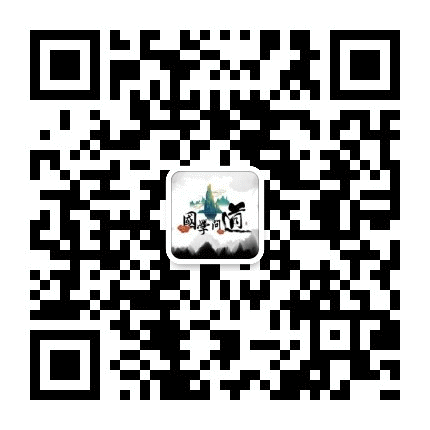
Scan to follow us
Douyin Account|National Studies Inquiry
Consultation Appointment Diagnosis

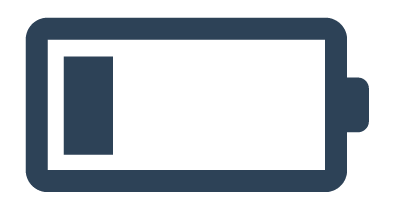
Your likes energize me~

